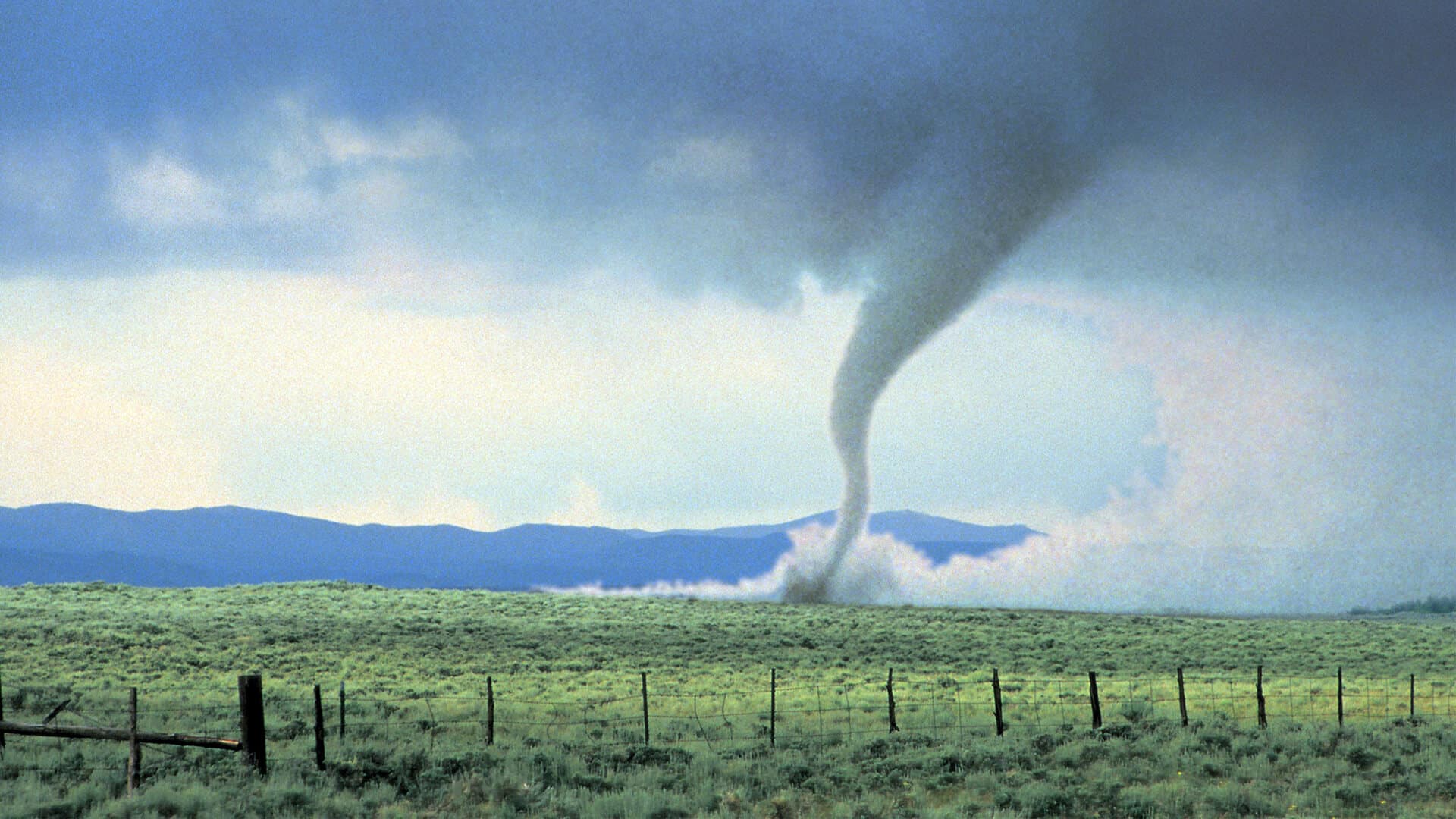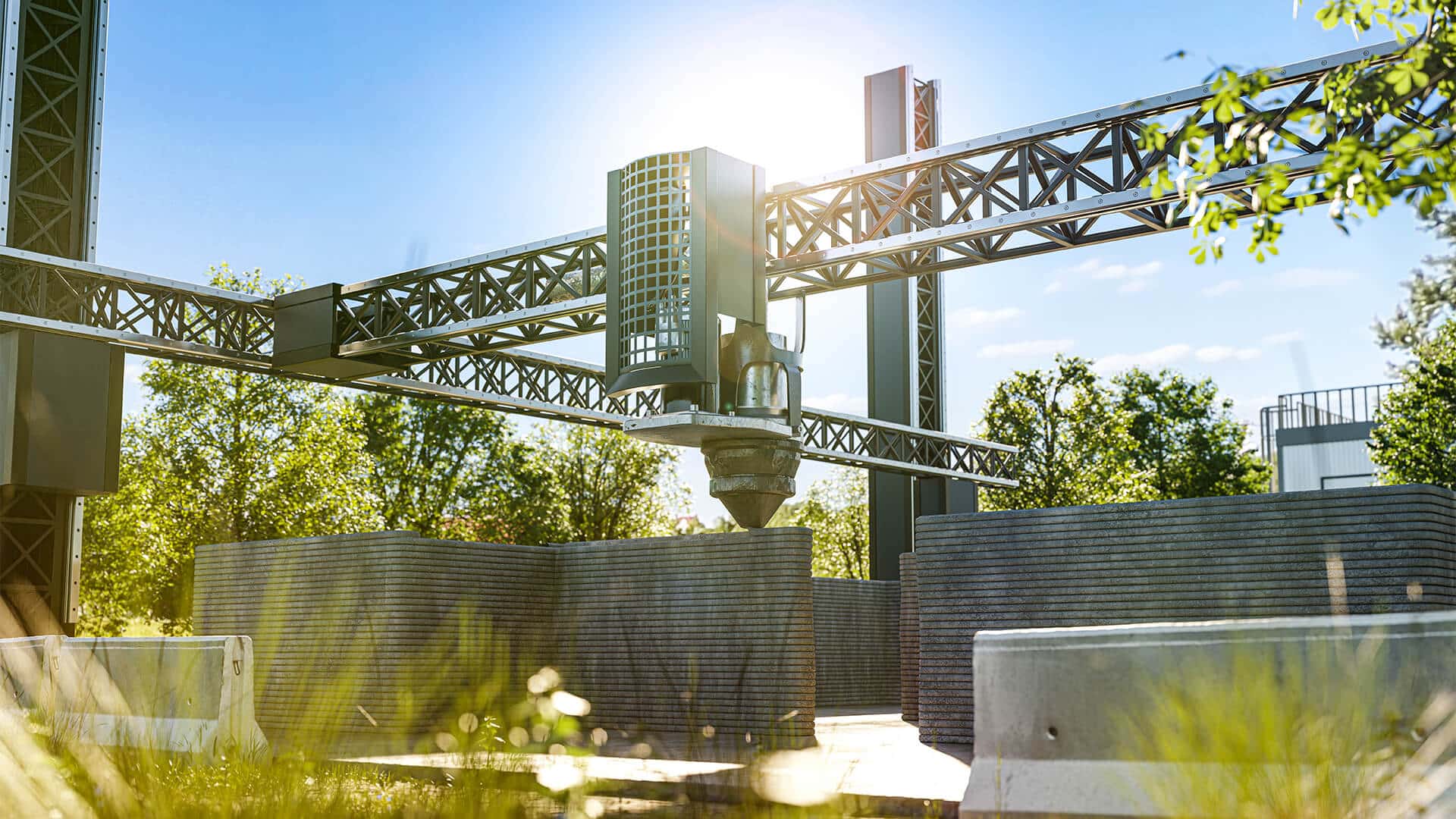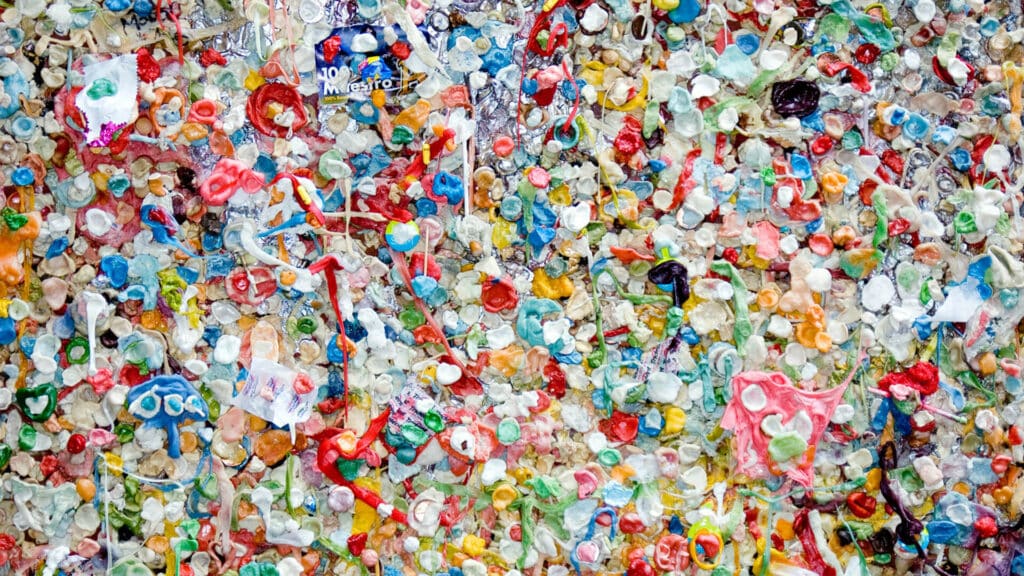While the government stalled, a team of wild beavers in the Czech Republic quietly delivered what officials couldn’t: an eco-friendly dam system built in the right place, at the right time—no delays, no cost overruns, no red tape.
Back in 2018, Czech authorities proposed a $1.2 million project to protect a sensitive wetland and endangered crayfish from pollution runoff near Prague. But the plan quickly got tangled in bureaucracy, bogged down by land negotiations and permit issues on a former military training site.
Then the beavers showed up.
With zero oversight and plenty of motivation, eight Eurasian beavers moved in and got to work. In just days, they built an expansive wetland system—pools, canals, and at least four dams—spanning twice the area covered in the government’s original proposal, according to Czech conservationists.
“The beavers beat them to it,” Bohumil Fišer, head of the Brdy Protected Landscape Area Administration, told Radio Prague International. “They built the dams without any project documentation and for free.”
As Jaroslav Obermajer, head of the Central Bohemian office of the Czech Nature and Landscape Protection Agency, put it: “Beavers always know best.”
What’s more, the beavers’ dam placement turned out to be better than the original blueprints. Their design has already begun to stabilize the ecosystem, restore natural water flow, and expand habitat for the narrow-clawed crayfish—all without disrupting downstream communities.
This isn’t just a feel-good fluke. As climate extremes intensify across Europe, beaver dams are emerging as powerful tools for flood prevention and drought resilience. Czech officials are now seriously considering ways to “collaborate” with beavers on future conservation efforts.
In a world where infrastructure projects can take decades and millions of dollars, the rogue beaver dam might just be the most efficient public works project Europe has seen in years.











